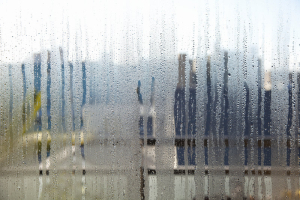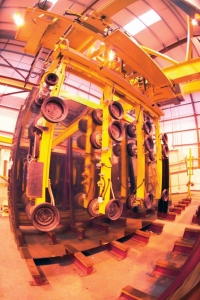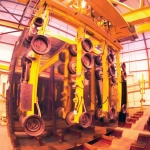Building regulation changes since 2002 have resulted in higher performance, energy efficient windows and doors to be installed in all properties when replaced or new build when constructed. This high performance is related to insulation and reducing heat loss. This has in turn created a phenomenon known as external condensation that can be as problematic to homeowners as internal condensation.
As the name suggests, this is where condensation forms on the external pane of the glazing. Although this can be worrisome, the condensation is an indication that the windows are working well and reducing heat loss. Again, the condensation is not leaking out of the windows or glass but is atmospheric moisture reaching its dew point and forming on any available cold surface.
The new high performance windows and glazing are preventing heat loss through them.This means that the outer pane is no longer kept warm by heat loss (as in older windows) and therefore by being cooler, presents a large area where external condensation may form. A similar process is snow on rooftops. Good loft insulation prevents heat loss and the snow remains on the roof of well insulated homes longer. Poorly insulated homes can be seen with little or no snow upon them.
External condensation usually occurs at certain times of the year under particular weather conditions. This is usually when the seasons change from winter to spring and autumn to winter. This usually results in warmer days and cooler nights. The overnight drop in temperature cools the outer pane and gives an area for moisture to condense on to should the humidity be at appropriate levels.
At times, some windows in a home may have external condensation whilst others don’t. This can be due to the aspect of the window. Northern facing aspects often experience higher levels of external condensation because they get no direct sun in the morning which usually evaporates the condensation. Also, sheltered windows, such as one side of a bay window near a porch for example, can have condensation whilst a window in the same bay may not. This can be due to air movement/wind that can pass over the exposed window taking moisture with it but not reach the more sheltered aspects.
Normally the external condensation is short lived and only occurs on cool mornings. Often it may have evaporated in the early hours before a homeowner opens the curtains and never be seen. In extreme circumstances as in sheltered northern facing aspects, with a cool night and high humidity, the condensation may occur more or stay longer.
Anti-condensation glass has been developed and can be specified but this will only reduce the occurrence and levels of condensation and not eliminate it.




